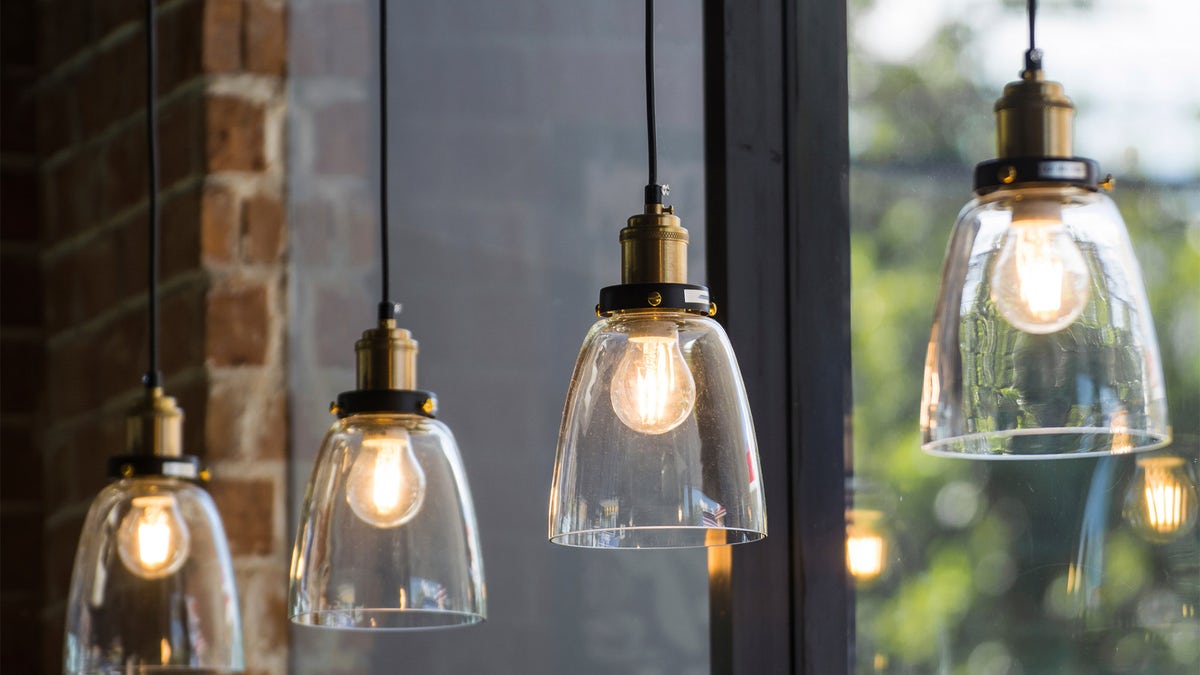
how to make your lighting fixtures shine (anyanuchoil)
Looking for a way to update your home without going broke? Look up.
Lighting matters a lot. If your light fixtures are dated, bringing them into this decade should make the top of your remodeling to-do list. Not only is this one of the easier (and relatively cheaper) projects you can take on, there's also another big benefit: You'll generally see a full return on your investment when you sell your house.
Sold? Now here's how to give your lighting a "wow" factor.
1. Start with function
Before you start shopping, you need to plan.
"Ask yourself: Is the fixture going to be purely decoration or the main source of light for the room?" says Jessica Sutton, lead curator for Dot & Bo, a design inspiration and home dcor company.
For decorative lights, you'll have to make sure you're OK with anything you choose playing second fiddle to the main light source. If your decorative light ends up outshining (literally) every other light in the room, you'll mess up the flow. Got that?
If you're going for main light source, you'll have to make sure you've chosen the right light for the size of your room. And don't forget to map things out ahead of time. If you have high ceilings and a lot of square footage, a large hanging pendant makes sense, but trying to cram even a medium-size fixture in some small spaces can be overpowering.
"Literally just an Edison bulb dangling from a cord above your bar can look perfect in a small space," Sutton says. "It lets air flow through so the area doesn't feel cramped.
2. Think realistically
We all want the awesome modern light fixtures we see in interior design photos ( thanks a bunch, Pinterest!), but what we see online might not always be practical for every space in our house. If you're going above and beyond simple recessed lighting, you'll have to think about placement.
"The enamel farmhouse style [fixtures] are really great because they're so simple and feel so very modern," Sutton says. "But they cast light straight down. So they're perfect for the kitchen island, but things might get a little toasty on the sofa with those right above your head."
And then consider what the fixture will actually look like when it's off the design pages and in your house. Sutton is loving the whitewashed or neutral beaded chandeliers that are popular now, but they won't work in every space. Try as you might, those rustic beads might look a little strange in your industrial-style loft.
3. Find a common element
But what if you have an eclectic style? You can't be tied down by just any old light fixture, and you're throwing some serious shade to those modern traditionalists you know.
Good news: You can blend light fixtures from different styles or time periods together cohesively -- but only if you stick to a common element.
"You may love the light, but there can only be so many different textures in one room. Even if you mix different styles, the tones need to be similar," Sutton says. "For example, look for a common color -- like a dark hue -- on every light fixture."
4. Place with purpose
Once you've picked out the fixtures, be creative in their placement -- don't just pop them in the middle of the room.
"Light fixtures often get lost in the middle of the room," Sutton says.
Instead, think outside the (light)box. Try placing fixtures over pieces of furniture in order to create a focal point in the space.
And if you're working with a group of smaller lighting fixtures -- like those Edison bulbs currently reigning over Pinterest -- you can add another level of visual appeal those lights wouldn't have on their own.
"If you have a cluster, dangle lights at a different cord length," Sutton says.
Finally, don't forget how those lights will look in an empty room. If you do decide to sell your home, you'll want those lights to be noticed.